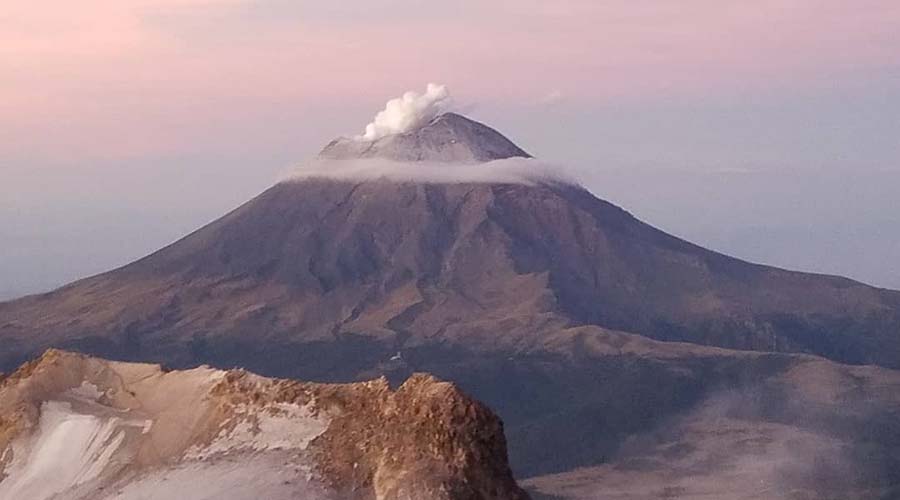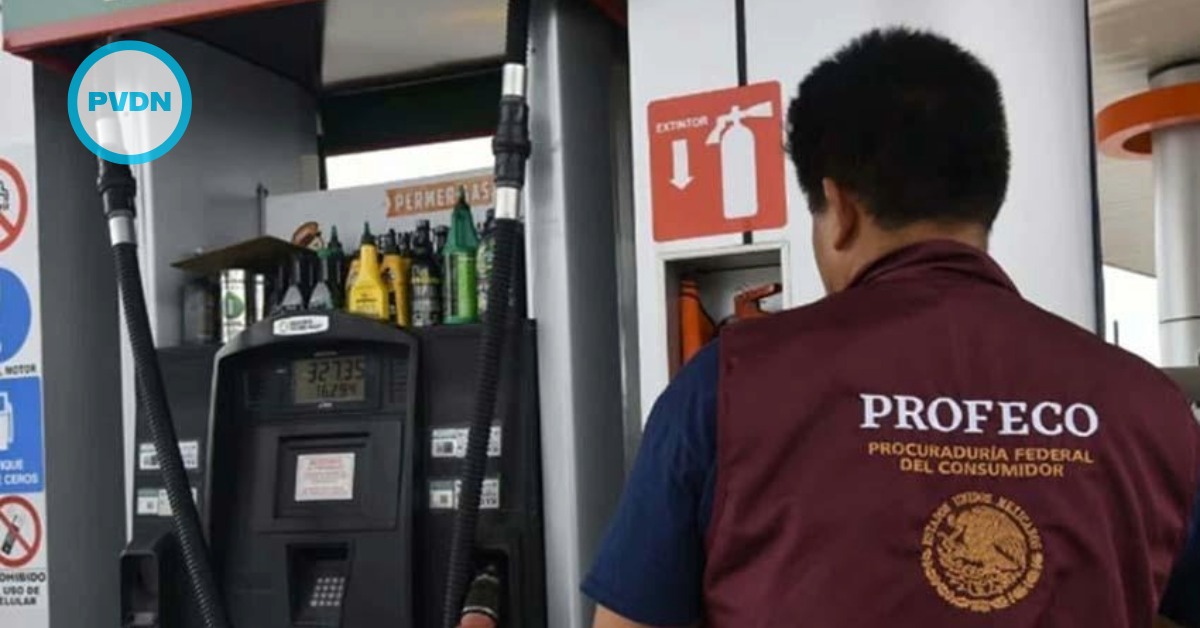According to the National Center for Disaster Prevention, there are 48 volcanoes in Mexico that are considered active, among which are Popocatépetl, located in the limits of Morelos, Puebla and the State of Mexico; the Volcán de Fuego (Colima Volcano), in Colima and Jalisco; Ceboruco, in Nayarit; Pico de Orizaba, in Veracruz and Chichón, in Chiapas.
The last volcanic disaster in Mexico took place in Chiapas in 1982, after the eruption of the volcano 'Chichón', which was inactive for 550 years.
At that time, the natural phenomenon destroyed 400 square kilometers of forest, affected . . .






